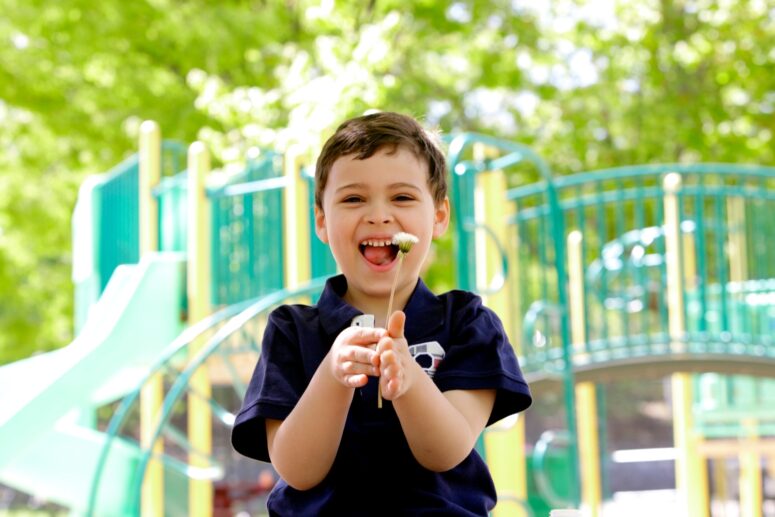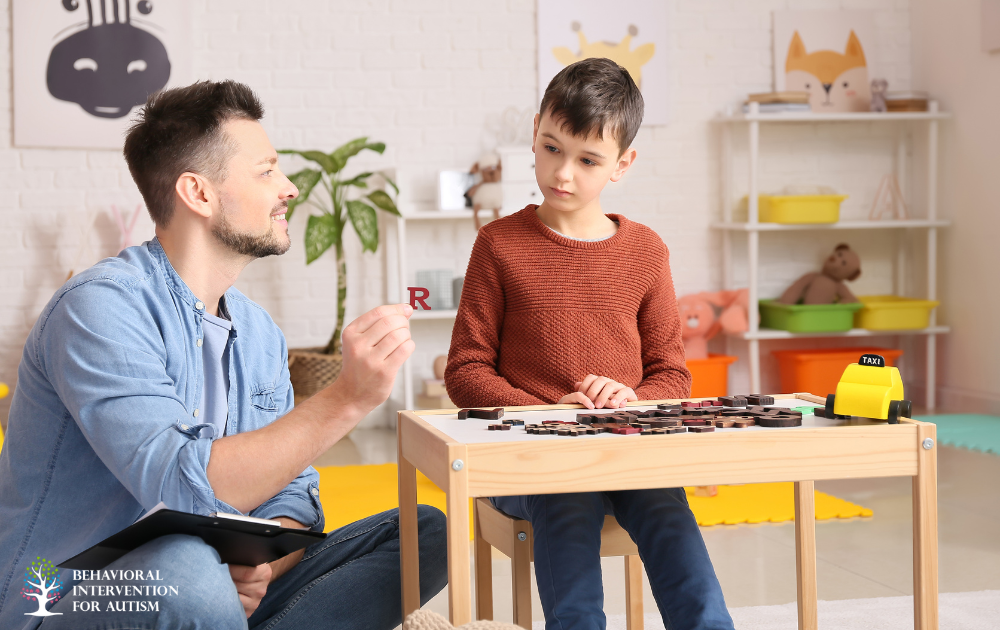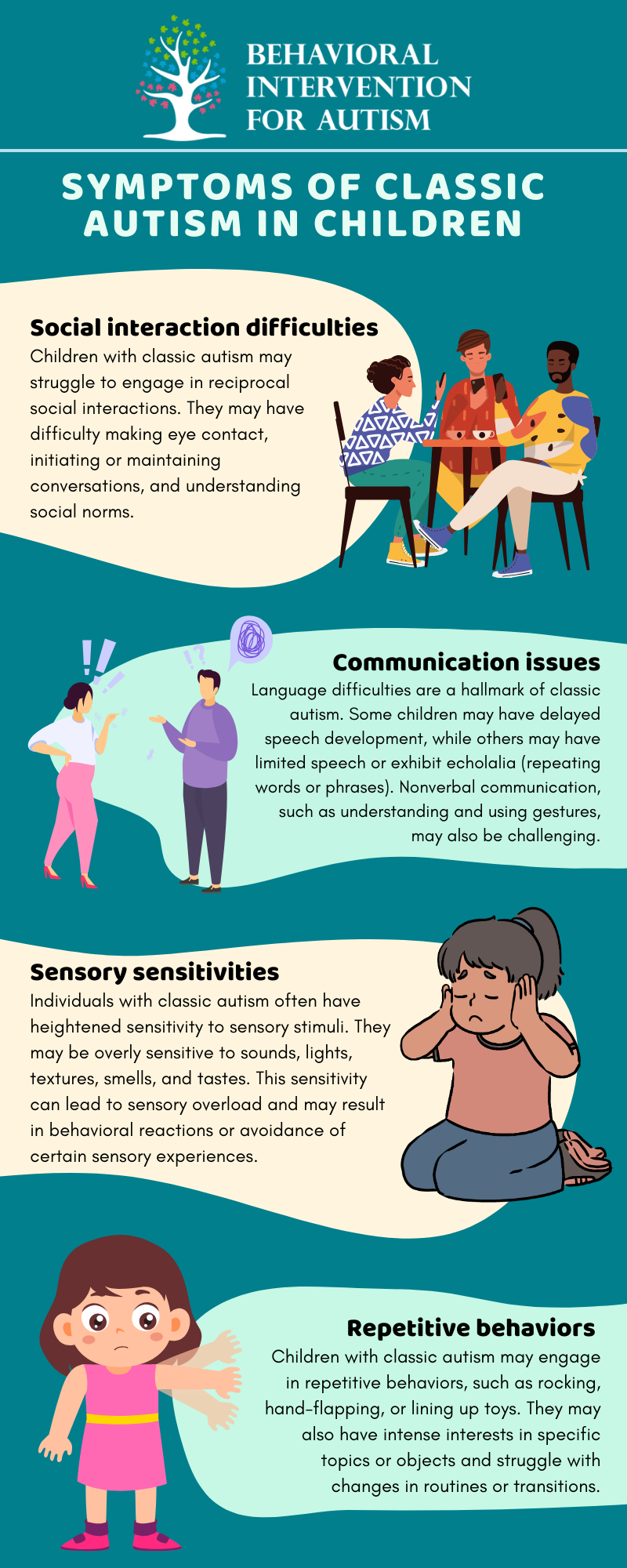
Table of Contents
Classical autism, sometimes referred to as typical autism, is a severe form of autism spectrum disorder (ASD) that impairs a person’s capacity for socialization, communication, and repetitive behavior.
It generally happens in early childhood, typically before getting to the age of three. Although “Kanner’s Syndrome” was also used to describe it, “autism spectrum disorder” has supplanted the term in present diagnostic criteria to cover a wider range of symptoms and presentations.
Here, we’re going to look at its characteristics, symptoms, potential treatment options, and more.
Definition and Characteristics
Classic autism is characterized by noticeable problems with speech, behavior, and social interaction.
Individuals with classic autism may struggle to interpret social cues, such as facial expressions, tone of voice, and body language. This can lead to difficulties in social interactions. They may exhibit repetitive behaviors and strongly prefer routine and sameness.
Moreover, changes in routine or environment can be challenging for individuals with classic autism.
One of the defining features of classic autism is the presence of significant communication difficulties. Children with classic autism may have delayed or absent language development, and some may never develop functional speech. Others may have limited speech and rely on alternative forms of communication, such as gestures or assistive devices.
Symptoms in Children
Children with classic autism often exhibit a range of symptoms that can vary in severity. Some common symptoms associated with classic autism include:
Early identification and intervention are essential for children with classic autism. With appropriate support and therapies, individuals with classic autism can make significant progress in their communication, social interactions, and overall functioning.
Diagnosis and Treatment
Early diagnosis and appropriate treatment are essential for helping individuals manage their symptoms and improve their quality of life.
Diagnosing classic autism typically involves a comprehensive evaluation that includes behavioral and developmental assessments, medical evaluations, and genetic testing.
The diagnostic process may involve the following steps:
- Screening – Healthcare professionals may use standardized screening tools to identify potential signs of autism in children. These tools help to identify areas of concern that warrant further evaluation.
- Developmental Evaluation – Healthcare professionals, such as pediatricians, psychologists, or developmental specialists, conduct a thorough evaluation of the child’s developmental history and current abilities. They may observe the child’s behavior, communication skills, social interactions, and play patterns.
- Medical Evaluation – A medical evaluation is important to rule out any underlying medical conditions that may be causing or contributing to the symptoms. Genetic testing may also be recommended to identify any genetic factors associated with autism.
- Diagnostic Criteria – The evaluation is based on diagnostic criteria outlined in recognized diagnostic manuals, such as the Diagnostic and Statistical Manual of Mental Disorders (DSM-5). These criteria help healthcare professionals determine if the individual meets the diagnostic criteria for classic autism.
It is important to note that diagnosis and evaluation should be conducted by qualified healthcare professionals experienced in working with individuals on the autism spectrum.
Treatment Options
While there is no cure for classic autism, various treatment options can help manage the symptoms and support individuals in their development. The treatment approach may vary depending on the individual’s specific needs and strengths.
Some common treatment options for classic autism include:
- Behavioral Therapies – Behavioral therapies, such as Applied Behavioral Analysis (ABA), are commonly used to teach and reinforce desired behaviors while reducing challenging behaviors. ABA focuses on developing essential skills, such as communication, social interaction, and daily living skills.
- Speech and Language Therapy – Since individuals with classic autism may experience difficulties with speech and language, speech and language therapy can help improve communication skills. Therapists work with individuals to develop language skills, improve articulation, and enhance non-verbal communication.
- Occupational Therapy – Occupational therapy focuses on helping individuals develop skills necessary for daily living, such as fine motor skills, self-care routines, and sensory integration. Occupational therapists also address sensory sensitivities commonly experienced by individuals with autism.
- Educational Support – Special education programs and individualized education plans (IEPs) can provide personalized support to individuals with classic autism. These programs focus on addressing specific learning needs and promoting academic and social development.
- Medication – In some cases, medication may be prescribed to manage specific symptoms associated with classic autism, such as anxiety, depression, or attention difficulties. Medication should always be prescribed and monitored by a qualified healthcare professional.
It is important to remember that the treatment approach should be tailored to the individual’s unique needs, strengths, and challenges. Regular evaluations and adjustments to the treatment plan may be necessary to ensure ongoing progress and support.
Impact on Social Interactions
Individuals with classic autism experience various challenges in social interactions, which can significantly impact their ability to communicate and engage with others.
Children and adults with classic autism often struggle with communication skills. They may have difficulty expressing their needs, thoughts, and emotions verbally or non-verbally.
In most cases, they tend to experience the following challenges in communication:
- Limited speech – Many individuals with classic autism have delayed or limited speech development. They may struggle with expressive language, finding it challenging to form sentences or communicate their thoughts effectively.
- Non-verbal communication difficulties – Understanding and using non-verbal cues, such as facial expressions, body language, and gestures, can be challenging for individuals with classic autism. This can make it difficult for them to comprehend the emotions and intentions of others, leading to misunderstandings or misinterpretations.
- Literal interpretation – People with classic autism often have a literal understanding of language, which can result in difficulties understanding sarcasm, metaphors, or figurative speech. This can impact their ability to engage in conversations and grasp abstract concepts.
- Echolalia – Echolalia, the repetition of words or phrases, is another communication characteristic commonly observed in individuals with classic autism. They may repeat words they hear without fully understanding their meaning or context.
Adults with Classic Autism
While classic autism is typically associated with childhood, the symptoms and challenges of this condition often continue into adulthood. Understanding how classic autism manifests in adults can help provide appropriate support and strategies for coping with the condition.
Adults with classic autism often experience ongoing difficulties in communication, social interactions, and behavior. Many individuals with classic autism struggle with verbal and nonverbal communication, finding it challenging to initiate and maintain conversations.
They may have difficulty interpreting body language and understanding social cues, which can lead to misunderstandings and difficulties in forming meaningful connections with others.
In addition to communication challenges, adults with classic autism may exhibit sensory sensitivities. They may be highly sensitive to certain sounds, textures, or visual stimuli, which can cause discomfort or distress.
Sensory overload can be overwhelming and may result in behaviors such as covering ears, avoiding certain environments, or exhibiting repetitive movements.
Routine and predictability are often important for individuals with classic autism. They may prefer following familiar routines and resist changes in their environment or daily activities. This need for structure and predictability can provide a sense of security and reduce anxiety.
Sources:
https://www.news-medical.net/health/Autism-Classification.aspx
https://www.medic8.com/mental-health/autism/classic-autism.html
https://www.autismparentingmagazine.com/know-more-about-kanner-syndrome
https://webautism.com/classic-autism-vs-virtual-autism
- 9 Common Obsessions of Children With Autism You Should Know - February 25, 2025
- What is Neurodiversity? A Guide to Embracing Differences - February 25, 2025
- Understanding Hyperfocus in Autism: What It Means and Why It Happens - February 25, 2025




